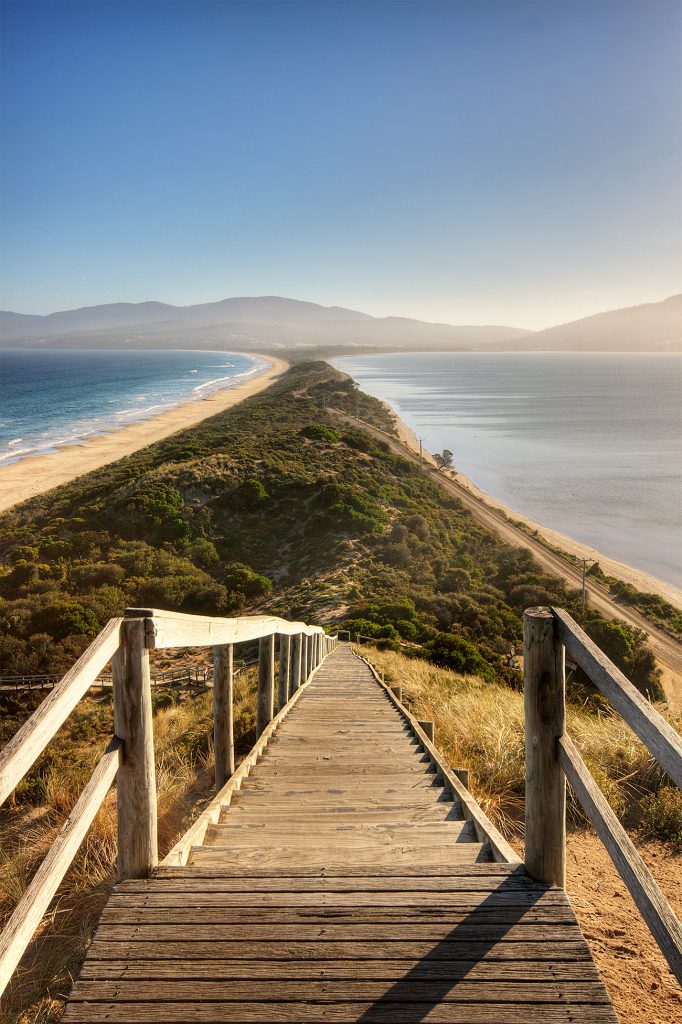Bruny Island solar trial – the tiny island off Tasmania is the site of a new smart solar and battery trial which may be helping shape Australia’s energy future. The combination of solar and battery installations work in conjunction to remove Bruny Island’s traditional reliance on diesel generators.
Bruny Island solar trial

The trial was done with Australian National University’s battery storage and grid integration program who worked with 40 households (around 3.5% of the amount of homes on Bruny Island) on the island to create a ‘microcosm of a future Australian electricity grid’. This was done by using the Network Aware Coordination (NAC) platform. The NAC consists of a series of ‘smart’ algorithms which can decide how to manage solar+storage (i.e. when to feed back into the grid or charge the battery based on myriad factors such as weather, usage patterns, and what other households’ energy draw/storage is).
The Bruny Island solar trial wasn’t about fully replacing the diesel generators, but more about supplementing their usage and minimising reliance on diesel during peak times such as summer or a heatwave.
“In the same way that traffic lights coordinate the flow of cars and trucks on the road, the Network-Aware Coordination platform coordinates the flow of energy from residential solar and batteries to networks and markets to ensure the efficient and reliable operation of the electricity grid,” the ANU said.
Lachlan Blackhall from the ANU discussed the goals of the project:
“The trial of the NAC is about better understanding how to use solar and battery to make the grid more efficient,” Mr. Blackhall was quoted in the Canberra Times. “During Easter, Bruny Island actually required more power than could be supplied by the undersea cable to the island.
“Typically they would use diesel but this program – even with only 3.5 per cent of homes on the island participating – reduced diesel usage by 30 per cent.”
The great results bode well for the future in Australia and also for people wanting to create a microgrid – the software and learnings headed up by the NAC will help ensure the whole grid remains healthy, rather than the more ‘selfish’ policies which we’ve seen other systems use. Looking at the grid as a whole rather than a household means we have a lot more control to share power as evenly as possible and try to minimise reliance on diesel.
Even though it was a small trial it could scale up quickly without too much effort so the good result of the trial is very heartening. It’ll be interesting to see which size ‘microgrid’ they try and integrate NAC to next!

